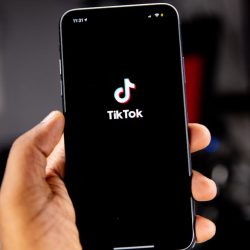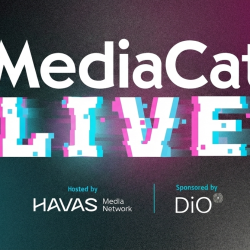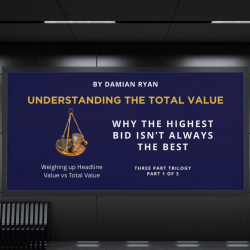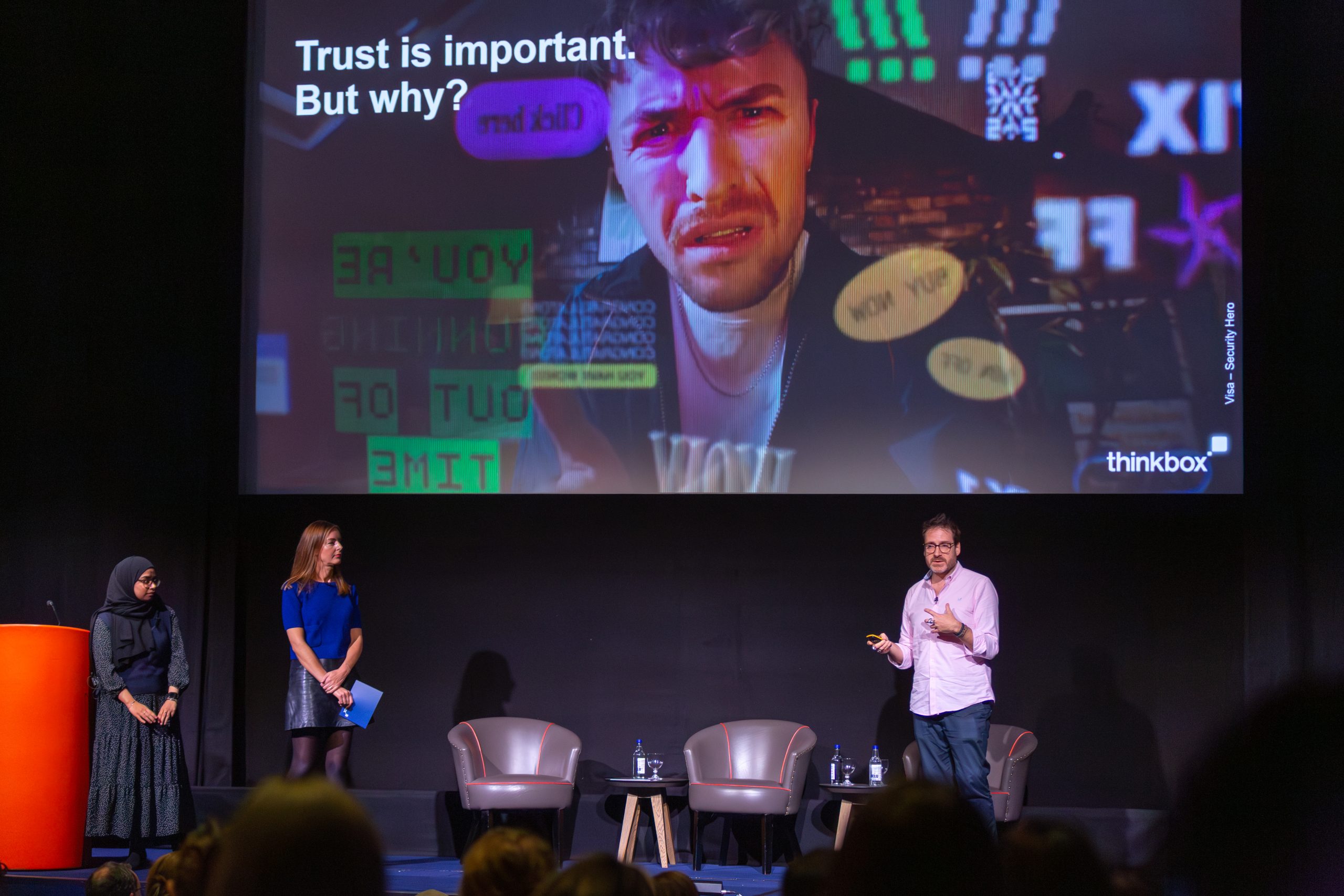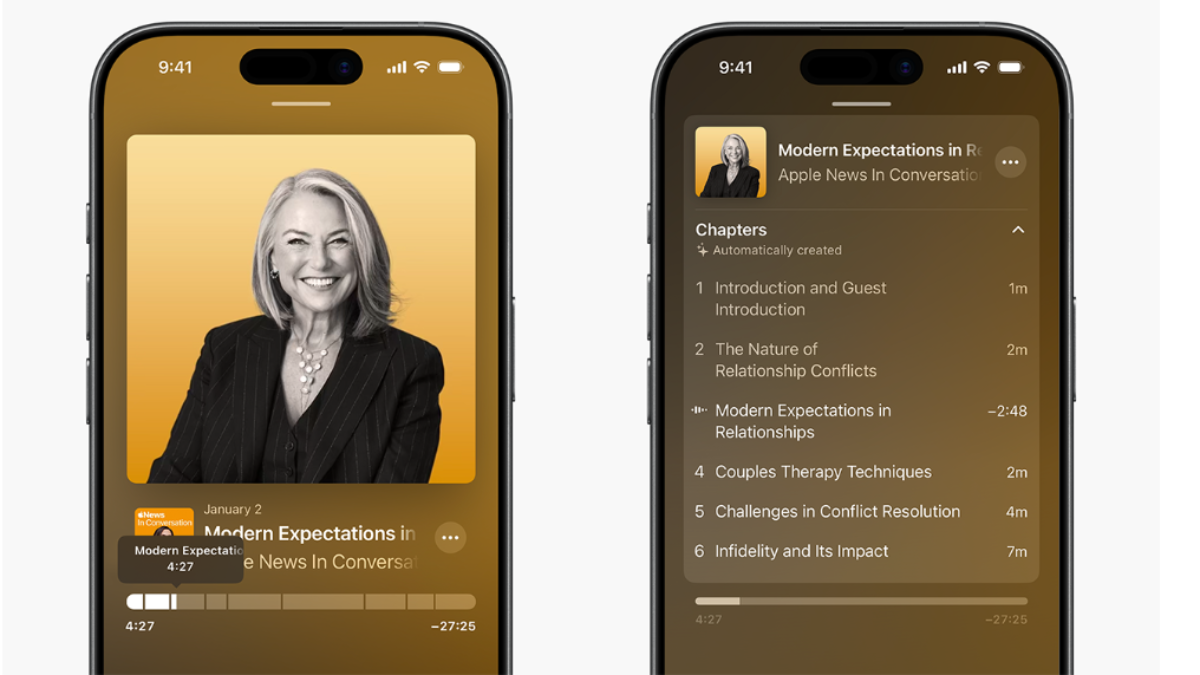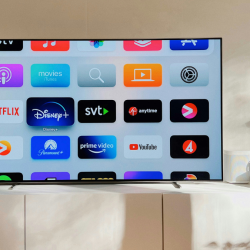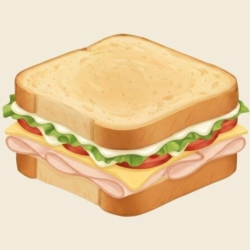The publication of Ofcom’s Media Nations 2025 report stirred fresh unease across the media industry. With YouTube overtaking ITV as the UK’s second most-watched media service, the ongoing decline of linear television and younger audiences drifting further from scheduled programming, many read the findings as proof that media is fragmenting and unstable.
Steve Taylor, head of strategy at Mediahub, interpreted the findings differently.
‘What I see in the data is that things are changing but the pace at which they’re changing is decreasing,’ he says. ‘I wonder if what it says is that we’re heading into a much more stable period of media consumption habits than we’ve seen over the last couple of years.’
Taylor has led strategy at Mediahub Worldwide for the past year, following roles at VCCP Media, Hearts & Science and PHD UK. He acknowledges that broadcast content viewing is down, continuing the trend, but he’s sceptical of the doom and gloom that surrounds the industry.
‘It’s easy to sensationalise and catastrophise it, that nobody watches broadcast TV anymore and it’s all just YouTube. But that’s just clearly nonsense.’
He points to the final of Love Island this week. His 19-year-old daughter and her friends all watched it live, hardly the image of Gen Z rejecting broadcast content. He also references the final of the women’s Uefa European Championships, another major shared cultural TV moment.
‘TV is underinvested in, relative to what it delivers over time,’ he says.
According to Taylor, a big part of the issue is measurement. TV simply doesn’t generate the same granular feedback loops that digital platforms offer.
‘You can measure a click, you can measure a like, you can look at comments. You don’t get that with TV obviously.’
While systems such as Lantern — a collaboration between ITV, Channel 4 and Sky — may change that, the measurement gap is distorting investment decisions.
This is where Taylor sees a fundamental misunderstanding at play, one that’s hurting clients’ effectiveness.
‘One of the big myths out there is that modern marketing equals digital marketing. And that’s just not true.’
Many marketers, he says, have become overly dependent on lower-funnel, short-term tactics — to the detriment of brand-building and long-term effectiveness.
‘One example is a client had 80% of their budget going into search and social, lower-funnel type stuff. We rebalanced it so that 60% goes into upper-channels like TV and print. Their bookings are now up and cost per acquisition is down,’ Taylor said.
The solution isn’t sexy or revolutionary. It’s the stuff long advocated by the likes of Les Binet, Peter Field, and Mark Ritson but still ignored by many marketers.
‘What really helps brands grow is what’s tried and tested. Creative consistency. Holding your nerve. Doing something over time.’
A strong piece of evidence for Taylor’s stabilisation claim is that SVoD subscriptions are plateauing, with household penetration stuck at 2021 levels. He says that the marketplace is now ‘mature’.
Despite his defence of television, Taylor doesn’t write off YouTube. But he takes issue with how the platform is measured, and misunderstood, by the industry.
Recent BARB data led to some dismissive commentary, for example pointing out the platform’s top-performing content was largely children’s videos — with 15 of the top 20 channels providing kids content.
But, Taylor argues, that view is distorted.
‘If you look at the table, you’d probably say, “Why would I want to advertise on YouTube? It’s just babysitter TV.”
‘But that’s not a fair picture of what YouTube is. That table doesn’t capture all the stuff that happens outside CTV — the mobile, tablet, and desktop viewing that BARB doesn’t pick up. And BARB’s definitions are a bit clunky.’
He argues that the industry needs to reframe its view of the platform entirely.
‘YouTube can be seen by the industry as this big bête noire, but it’s not. The sooner we realise YouTube is not TV, and it’s not social media, the better.
‘A lot of it is short clips, it’s fast-moving, people skip the ads or you get six-second bumpers. It doesn’t look like people are paying much attention.
‘And yet, when you do incremental testing, when you put YouTube in the media mix, when you look at the MMMs—there’s no doubt that YouTube works. It’s effective.’
One key insight from the Ofcom report was that the first-stop for young people on their viewer journey is YouTube or Netflix. Clearly Gen Z and Gen Alpha are forging a different relationship with media, but Taylor believes the panic about their broadcast television abandonment is misplaced.
‘Today’s 16 to 17-year-olds, at some point in their life, will be 30 years old and they will be bouncing a baby on their shoulder and they will find themselves watching Taskmaster at three o’clock in the morning,’ he said.
‘Because you just do, there are undeniable steps in life.’
Main image by Vladimir Chuchadeev on Unsplash.

